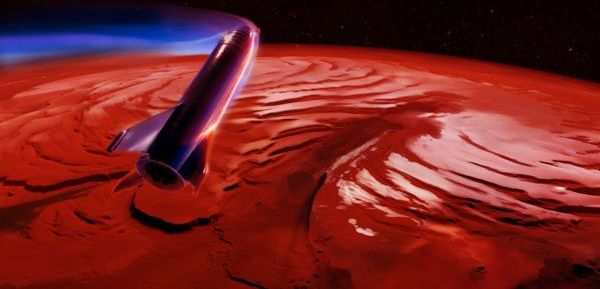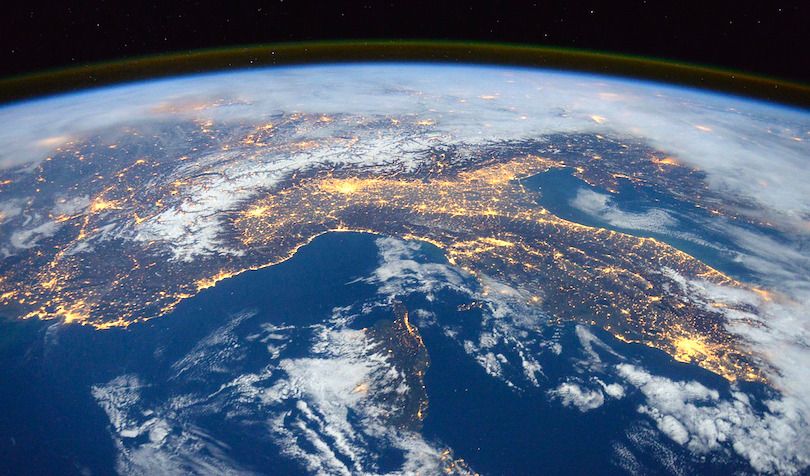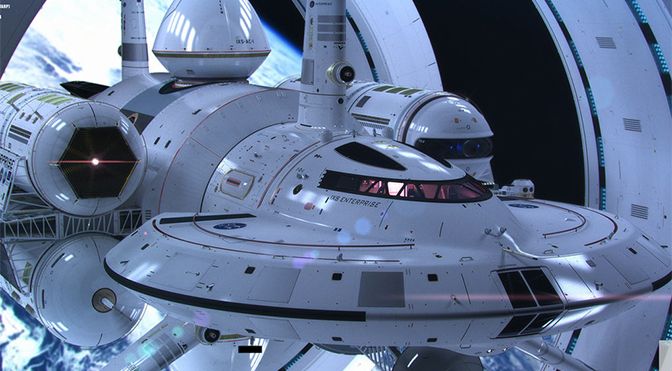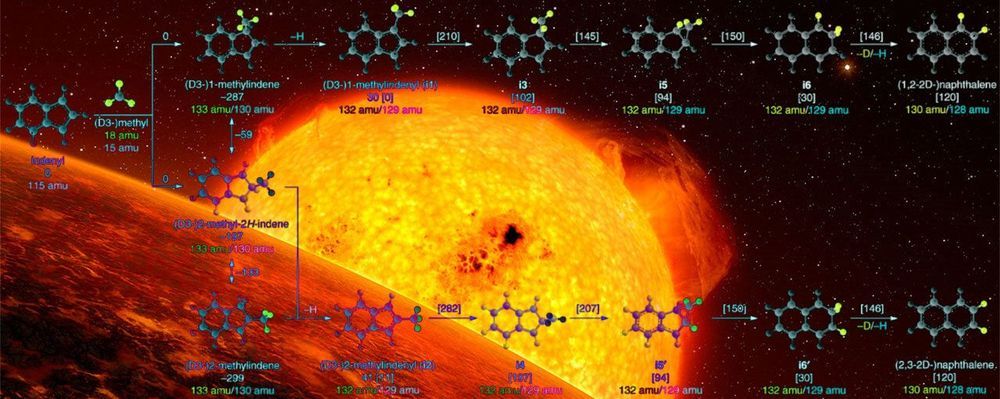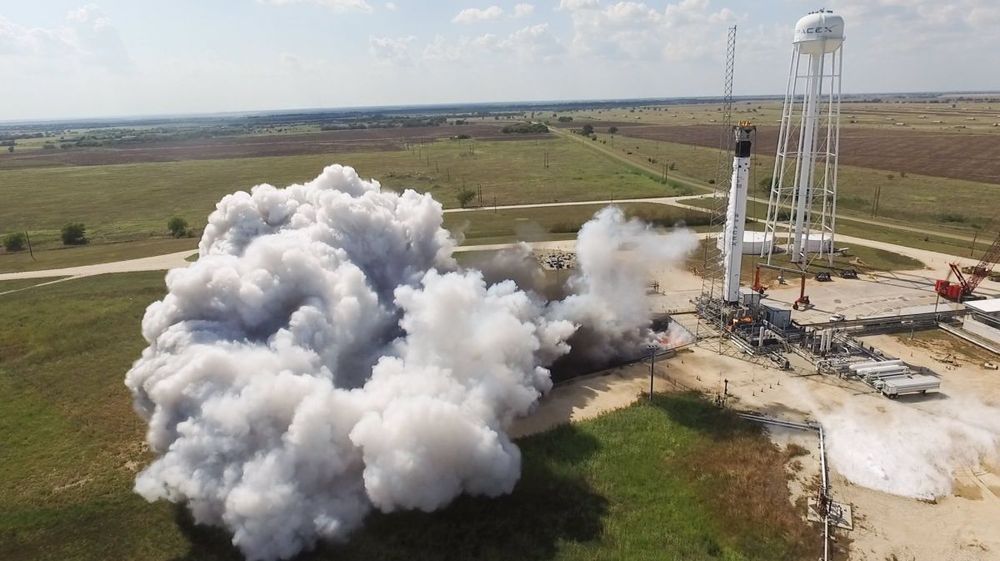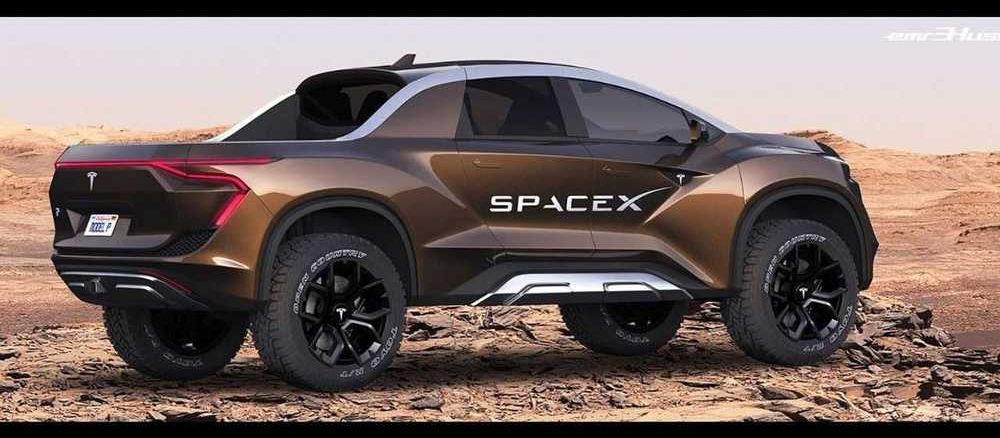“Over decades, both military and space programs all around the world have known the negative impact of radiation on semiconductor-based electronics,” says Meyya Meyyappan, Chief Scientist for Exploration Technology at the Center for Nanotechnology, at NASA’s Ames Research Center. What has changed with the push towards nanoscale feature sizes is that terrestrial levels of radiation can now also cause problems that had previously primarily concerned applications in space and defence. Packaging contaminants can cause alpha radiation that create rogue electron-hole pairs, and even the ambient terrestrial neutron flux at sea level – around 20 cm−2 h−1 – can have adverse implications for nanoscale devices.
Fortunately work to produce radiation-hardy electronics has been underway for some time at NASA, where space mission electronics are particularly prone to radiation exposure and cumbersome radiation shielding comes with a particularly costly load penalty. Vacuum electronics systems, the precursors to today’s silicon world, are actually immune to radiation damage. Alongside Jin-Woo Han and colleagues Myeong-Lok Seol, Dong-Il Moon and Gary Hunter at Ames and NASA’s Glenn Research Centre, Meyyappan has been working towards a renaissance of the old technology with a nano makeover.
In a recent Nature Electronics article, they report how with device structure innovations and a new material platform they can demonstrate nanoscale vacuum channel transistors that compete with solid-state system responses while proving impervious to radiation exposure.
